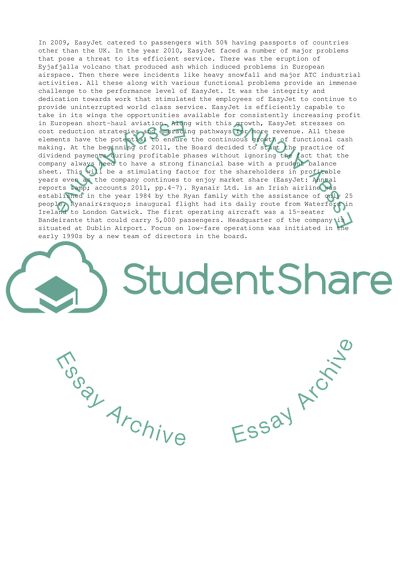Cite this document
(Comparative Financial Analysis of Ryan Air & Easy Jet Assignment, n.d.)
Comparative Financial Analysis of Ryan Air & Easy Jet Assignment. Retrieved from https://studentshare.org/business/1616400-comparative-financial-analysis-of-ryan-air-easy-jet-for-financial-years-ending-2010-2011-and-2012
Comparative Financial Analysis of Ryan Air & Easy Jet Assignment. Retrieved from https://studentshare.org/business/1616400-comparative-financial-analysis-of-ryan-air-easy-jet-for-financial-years-ending-2010-2011-and-2012
(Comparative Financial Analysis of Ryan Air & Easy Jet Assignment)
Comparative Financial Analysis of Ryan Air & Easy Jet Assignment. https://studentshare.org/business/1616400-comparative-financial-analysis-of-ryan-air-easy-jet-for-financial-years-ending-2010-2011-and-2012.
Comparative Financial Analysis of Ryan Air & Easy Jet Assignment. https://studentshare.org/business/1616400-comparative-financial-analysis-of-ryan-air-easy-jet-for-financial-years-ending-2010-2011-and-2012.
“Comparative Financial Analysis of Ryan Air & Easy Jet Assignment”, n.d. https://studentshare.org/business/1616400-comparative-financial-analysis-of-ryan-air-easy-jet-for-financial-years-ending-2010-2011-and-2012.


